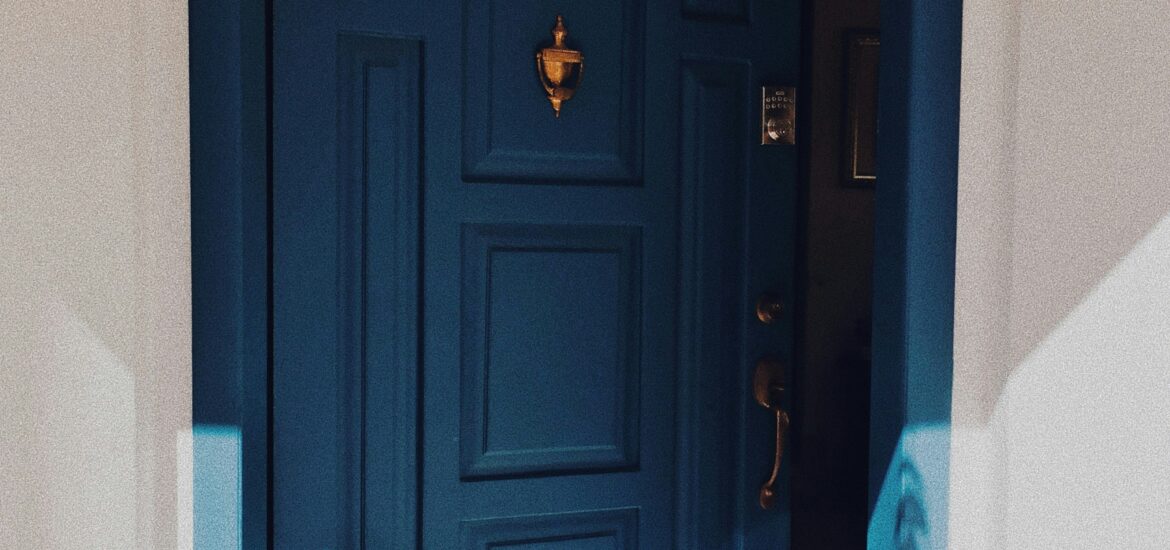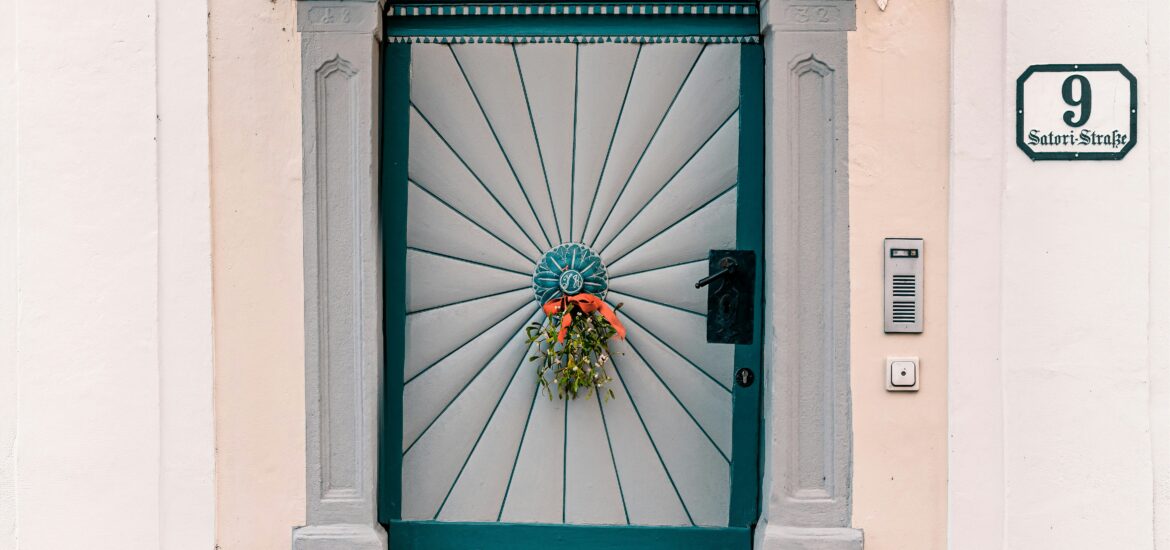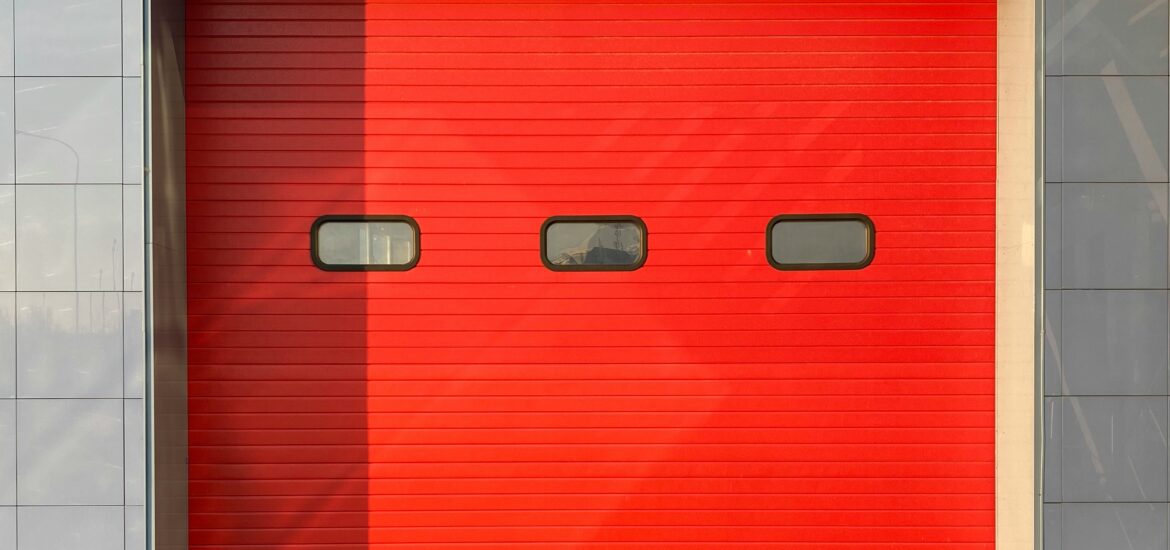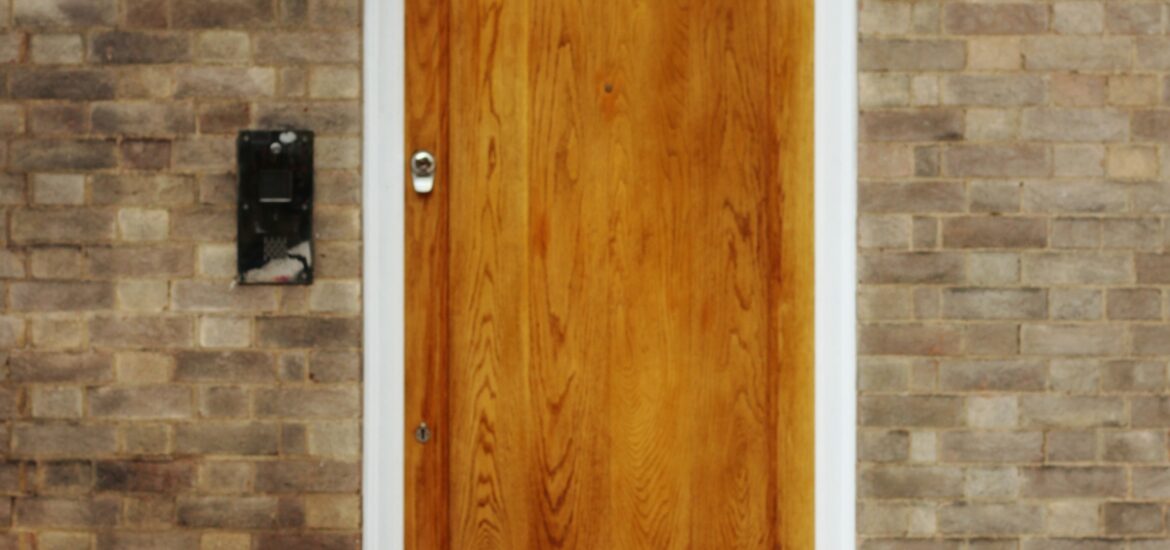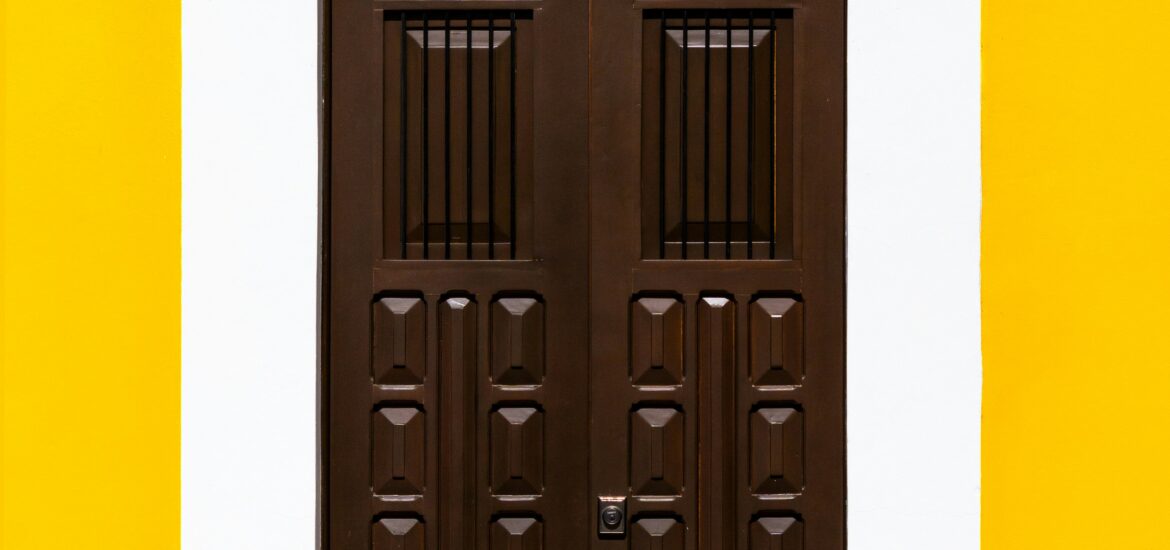When we think about home security, our minds often go to alarm systems, CCTV cameras, and motion sensors. While all of these play vital roles, the truth is this: your front door is your first and most critical line of defense. But what truly makes a door “secure”? Is it the thickness? The material? The lock?
In this expert guide, we will unpack the essential elements of a secure door—from its construction to the accessories that enhance it—and how investing in the right components can significantly improve the safety of your home or business.
1. The Core Structure: Material Matters
A door is only as strong as the material it’s made from. The most common materials used in residential doors are wood, metal, composite, and uPVC. Each has advantages and drawbacks when it comes to security.
Solid Wood
- Offers strength and aesthetic appeal.
- Vulnerable to warping and cracking over time.
- Can be reinforced but requires ongoing maintenance.
Steel
- Excellent for high security.
- Strong, durable, and impact-resistant.
- May dent and require anti-rust coatings in humid environments.
Composite
- Combines materials like wood, PVC, and insulation foam.
- Delivers good strength and thermal efficiency.
- More expensive, but generally secure.
uPVC
- Lightweight and affordable.
- Less secure without steel reinforcement.
- Better suited for secondary entrances than main doors.
Recommendation: Choose steel-reinforced composite or solid-core wood for main entrance doors.
2. Door Thickness and Frame Integrity
Security is not just about the door itself, but how it interacts with the frame. A thick door that sits loosely in a weak frame is still a liability.
- Ideal thickness: At least 44mm (external doors).
- Frame strength: Should be made from steel or reinforced hardwood.
- Proper installation: The door must fit snugly in the frame with minimal gaps.
- Fixings: Secure the frame with long, heavy-duty screws (at least 75mm) into the surrounding brickwork.
Expert tip: Reinforce the hinge side of the frame with hinge bolts or security studs to prevent the door being kicked in.
3. Multi-Point Locking Systems
One of the most significant upgrades for any door is the multi-point locking system. Unlike a standard lock that engages in one spot, a multi-point system locks the door at three or more locations (top, middle, bottom) when engaged.
- Found on most high-security composite and uPVC doors.
- Makes it much harder for an intruder to force entry.
- Offers better sealing, improving insulation as well.
Don’t compromise with a single deadbolt multi-point locks are far more resistant to prying and kicking.
4. Quality Door Locks and Cylinders
Not all locks are created equal. Burglars often target lock cylinders using techniques like lock snapping, bumping, and drilling.
Key features of a secure lock:
- Anti-snap: Prevents the lock from breaking when force is applied.
- Anti-bump and anti-drill: Resists popular lock-picking methods.
- BS3621 or TS007 certification: Indicates compliance with British security standards.
Look for Euro cylinders with a 3-star rating or Sold Secure Diamond-rated locks for the highest level of protection.
Expert advice: Always choose a lock that fits your door correctly oversized or undersized cylinders are a security risk.
5. Security Hinges and Door Chains
Intruders don’t always come through the lock. Weak hinges can be an easy access point, especially if they’re installed externally.
Secure hinge solutions:
- Three hinges minimum for even support.
- Hinge bolts or dog bolts to prevent the door from being lifted or forced off.
- Non-removable hinge pins for outward-opening doors.
Adding a door chain or limiter also gives you peace of mind when speaking to strangers without fully opening the door.
6. Security Glass (If Applicable)
Many front doors include glass panels for aesthetics and natural light. However, unsecured glass is a major vulnerability.
Safer glass options:
- Laminated glass: Holds together when shattered, much like a car windscreen.
- Double-glazed units: Provide insulation and can be reinforced for security.
- Decorative grilles or bars: Aesthetic and practical deterrents for break-ins.
Avoid single-pane or old-fashioned leaded glass unless reinforced.
7. Smart Door Technology
Modern security goes beyond locks and bolts. Smart technology enables real-time monitoring, access control, and deterrence.
Smart security features:
- Video doorbells: Record visitors and motion near the entrance.
- Smart locks: Allow keyless entry using a PIN, fingerprint, or smartphone app.
- Sensors: Detect forced entry or unauthorized opening.
Smart systems offer remote control and alerts, providing an added layer of security when you’re not at home.
8. Weather Resistance and Fire Rating
Though often overlooked, weatherproofing and fire resistance contribute to the long-term integrity and safety of your door.
- Weather seals prevent water ingress and reduce warping.
- Fire-rated doors can withstand fire for 30-60 minutes, providing critical time for escape.
- Anti-corrosion treatments ensure hardware (locks, hinges) remains functional over time.
A secure door is not just resistant to burglars—it’s also durable in every condition.
9. Professional Installation
Even the strongest door can be ineffective if poorly installed. Professional fitting ensures:
- The frame is anchored correctly.
- The locks align with strike plates.
- No gaps exist that compromise insulation or security.
- Hinges and bolts are reinforced to building standards.
DIY installation may save money upfront but risks leaving security flaws that burglars can exploit.
10. Visual Deterrents and Final Touches
Burglars often rely on quick decisions. A secure-looking door with visible upgrades like:
- Reinforced frames
- Strong locks
- Security cameras
- A clear line of sight from the street
…can discourage attempts before they start.
Don’t forget: lighting matters. A well-lit entryway with motion-activated lights reduces the risk of nighttime break-ins.
Final Thoughts
True door security is about more than one component. It’s the sum of strong materials, advanced locking systems, precise installation, and smart integration. Whether you’re securing a family home or a business property, investing in the right door setup can deter crime, improve peace of mind, and even reduce insurance premiums.
So, the next time you ask, “Is my door really secure?”, look beyond the surface. A truly secure door doesn’t just look the part; it performs under pressure.

